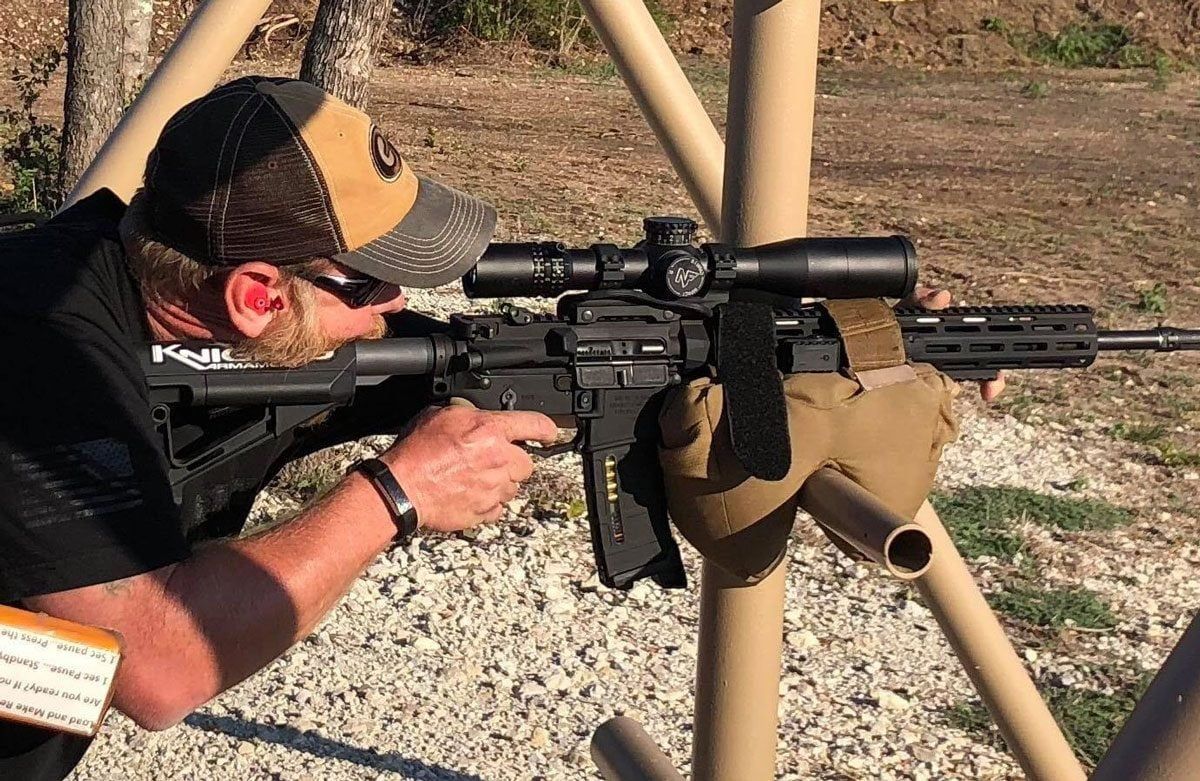
Ash Hess is a skilled competitive shooter and the individual who rewrote the Army’s Marksmanship Manual. He is also involved with sales at one of the world’s greatest firearms manufacturers, Knight’s Armament.
We wanted to chat with Ash about how we can improve not only our shooting skill but the rifles we build. We recently had the opportunity to speak with Ash about these topics, as well as his recent “A Day in the Arena” semi-auto precision rifle shoot. For more on that event, click here…but for more on how you can both better yourself and your next build, read on.
Ash’s full background, via Primary & Secondary, where he is a frequent and valued contributor:
I am a competitive shooter and Gov Sales Specialist at Knight’s Armament Company. I am also a Retired US Army Senior NCO. My last assignments included serving as the Senior Writer for Small Arms in the Weapons and Gunnery Branch and the US Army Infantry School Marksmanship Program developer at the Maneuver Center of Excellence Fort Benning, Georgia.
Army Schools include US Army Master Marksmanship Trainer Course, Rifle Marksmanship Instructor Course, Urban Combat Leaders Course, Air Assault, Rappelmaster, Senior Leaders Course, Army Basic Instructor course, High Angle Marksmanship Course, and Unit Armorer course…Four combat tours totaling fifty-two months overseas.
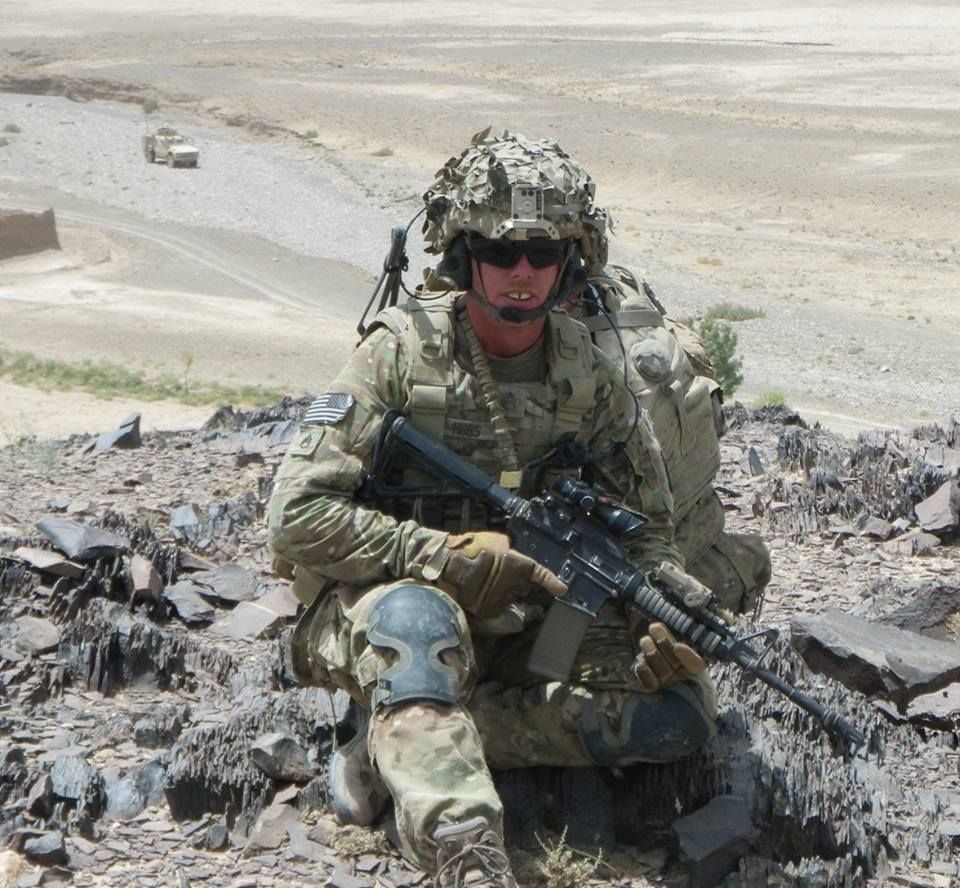
Q: Ash, can we start with a bit on your background and how that led you to write the Army Marksmanship Manual?
Ash Hess: I did 22 years in the Army. I joined the Army around 1996. Then right after September 11th, I went to school and I went from an Engineer to a Calvary Scout.
What that did was, that put me in a different position. Prior, I was always on defense and I didn’t worry about shooting. Unless you’re in a job that does a lot of offensive work, you don’t worry about shooting.
So, I went to Korea and then Iraq…where we did the invasion of Iraq. That was the first time I ever started pointing guns at people and actually shooting people. We were in Sadr City, and if you do any Google search on Sadr City, you’ll find out it was a pretty interesting place.
“We Couldn’t Shoot Very Well”
There, we found out quickly that we couldn’t shoot very well. And that realization started me on a path. I started paying a lot more attention to shooting. At first that just meant applying Army stuff and trying to shoot better. Unfortunately, what I didn’t know at that time was that it was woefully inadequate.
Fast forward to about 2005, I was able to go to one of our division schools for shooting…it was a month-long course called the Mountain Leaders Advanced Rifle Marksmanship Course. (MLARM). I went to that and it was good. It was better that what I had been getting, but it still wasn’t amazing.
Q: Can you talk about what was lacking in your opinion?
Ash Hess: Well, they were just doing weird things. They had us grouping and zeroing from the prone unsupported. It’s a harder position to shoot from. But their mentality was if you could shoot good unsupported, that you’d be able to shoot supported.
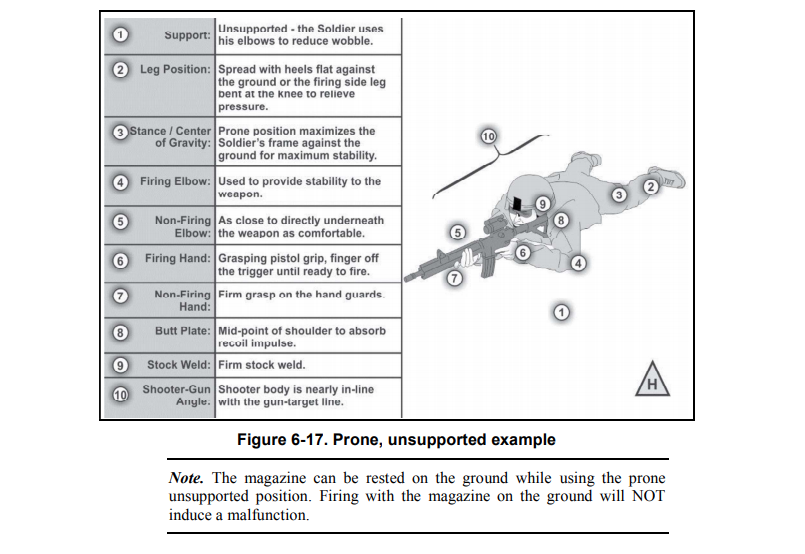
There is validity to that…the problem is if I don’t have a zero on the gun, and I don’t have that most stable position to zero, then everything I am doing is going to be messed up.
Q: So, after that month long course, what was next? Were you able to put any of the things you had learned into practice?
Ash Hess: From there, I went on to do a deployment as a Squad Designated Marksman. I carried around a M16A4 with an ACOG on it. While I was doing that, there was no training for Squad Designated Marksman. It was just a name that popped up in the Army. There were no books on it or any real information to speak of.
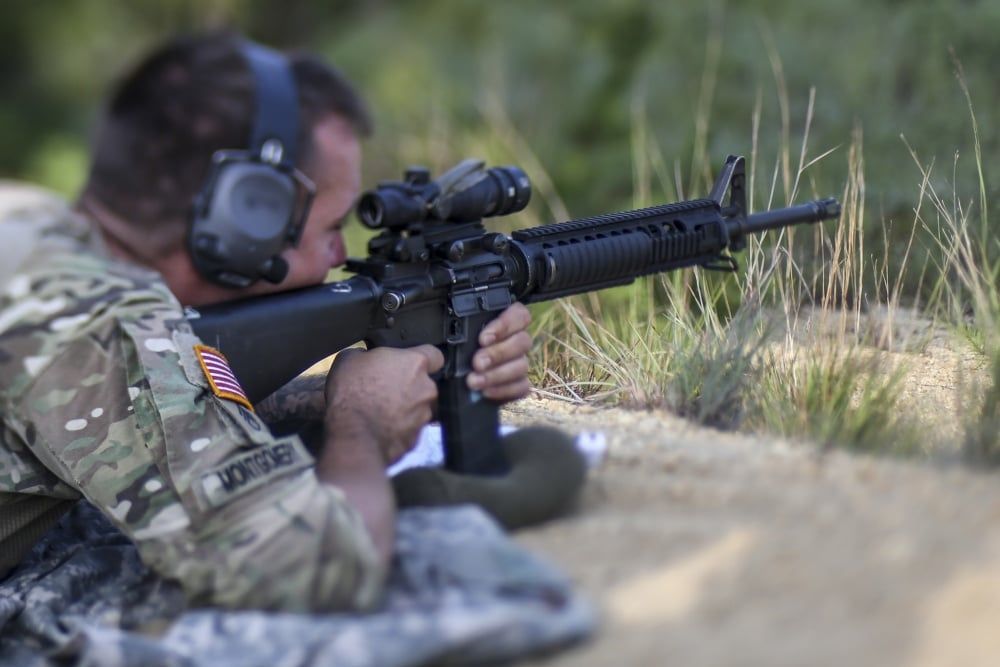
So, during that deployment, trying to do the shooting that I was doing in this made-up role, I ended up talking a lot to the sniper section. That’s where I found a little bit of a problem with Army marksmanship, as well as the entire Squad Designated Marksman concept.
Q: You’ve talked about Project Appleseed as something that helped you. Can you talk about that briefly?
Ash Hess: After that deployment and another deployment, I started shooting a lot more in between those deployments. I started to get a lot better. And yes, I got into Project Appleseed. I was actually pretty big into that for a while…just trying to shoot better.
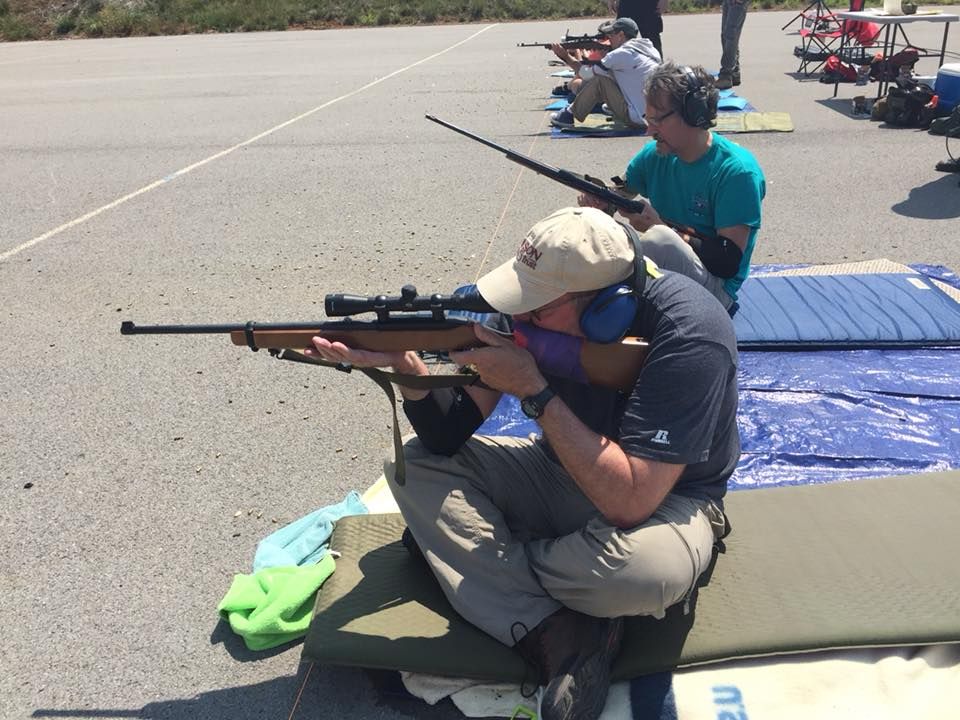
What I really didn’t know I was chasing, until much later, was I was chasing better techniques to teach. And it was at Appleseed that I started getting some ideas. That program, for a basic shooter, is really one of the best and cheapest programs that you can go to.
I’ve been to many, more advanced courses where people there couldn’t even zero their rifle, let alone shoot a group. Those folks should have started at somewhere like an Appleseed course instead. If you go to a Kyle Defoor course and you can’t even zero your rifle….well, that’s slowing down everybody in the class. So, I really highly recommend doing Appleseed first. You can learn the basics and then grow from there.
Q: So, you were growing as shooter…how soon after do you end up being asked to rewrite the Army Marksmanship Manual?
Ash Hess: Well, as time went on, I actually ended up running the Mountain Leaders Advanced Rifle Marksmanship Course. We changed the name from MLARM to “Rifle Marksmanship Instructor Course”. There, we fired 2 million rounds in a three year period teaching about 2,000 students.
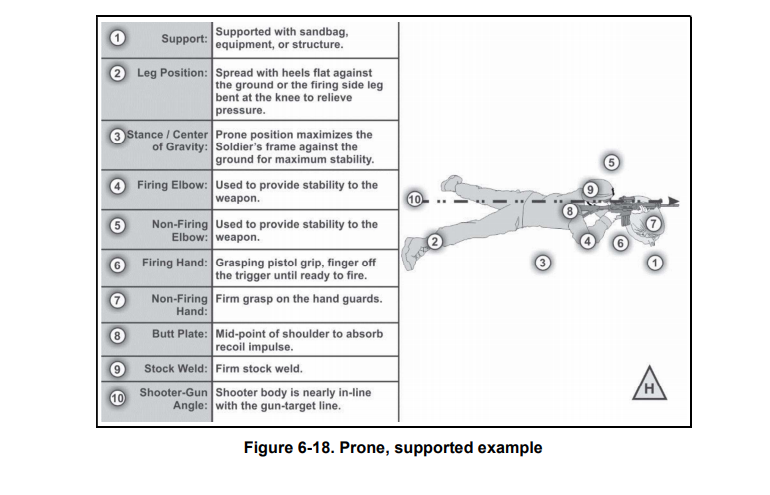
It was after that I went to Fort Benning and rewrote the entire Army Marksmanship Manual. I had screamed loud enough and got in the ears of the right folks that the existing Army book was messed up.
In the Army, once you get identified you’re complaining about something, you usually are given the duty to fix it, so that’s how I ended up doing that.
Q: How do you start to tackle a project like that?
Ash Hess: We gathered up about 150 leaders from across the Army…and there was a core of about 10-15 guys that were teaching marksmanship in some capacity for their unit, and not just being a regular NCO. We gathered those guys together and we kind of crowdsourced the book.
I was the “good idea fairy.” I would type some stuff up and throw it in front of them. They would tell me if I was off base or if I was on the right track. So, it really was a collaborative effort across the Army, and it ended up being published in 2016. And in the end, it helped get me noticed and helped me get my current position at Knight’s Armament.
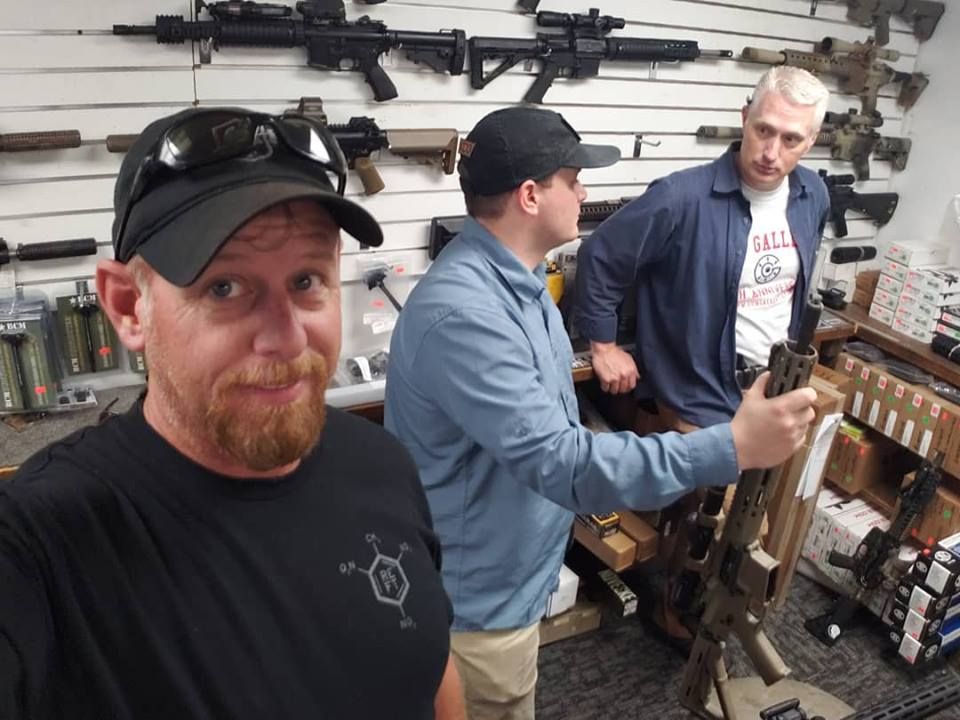
Q: You’ve got a great article at Primary & Secondary about baseline standards you believe that shooters should be able to meet. Can you explain those and how you arrived at the baseline you did?
Ash Hess: I was on a range with Kyle Defoor around 2009, and I was doing Appleseed at the time. We started talking about what shooters needed to be able to do. He started talking about 4 MOA…which happens to be the Appleseed standard of what they are trying to get you to do.
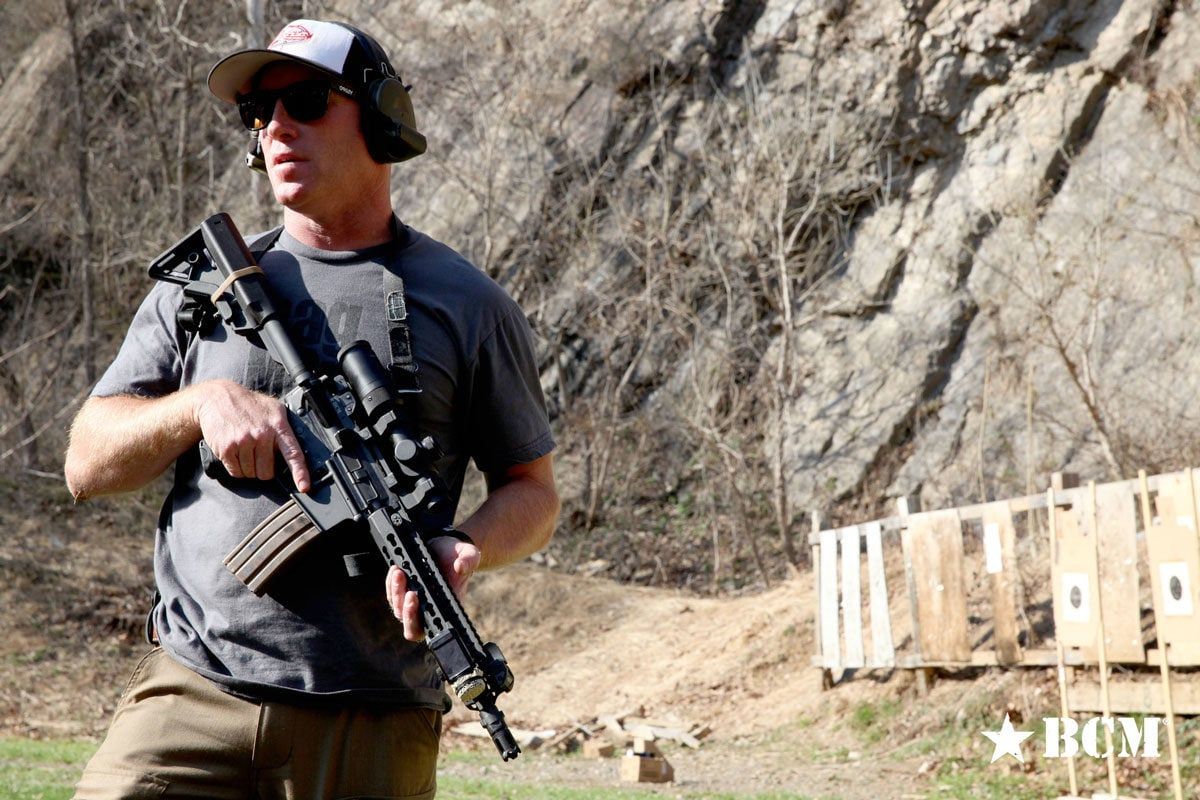
The Rifleman’s Quarter-Mile
So, if you are able to do that, you can engage a man size target, in theory…without ballistics…you can shoot well enough to engage a man sized target out to 500 yards. That’s what Appleseed talks about…the “rifleman’s quarter-mile.” It’s a two-day clinic and during that time, they talk about how marksmanship won the revolutionary war. There was no tactics, no colonial army…there was a bunch of farmers who were able to outshoot the British enough to get them to break contact.
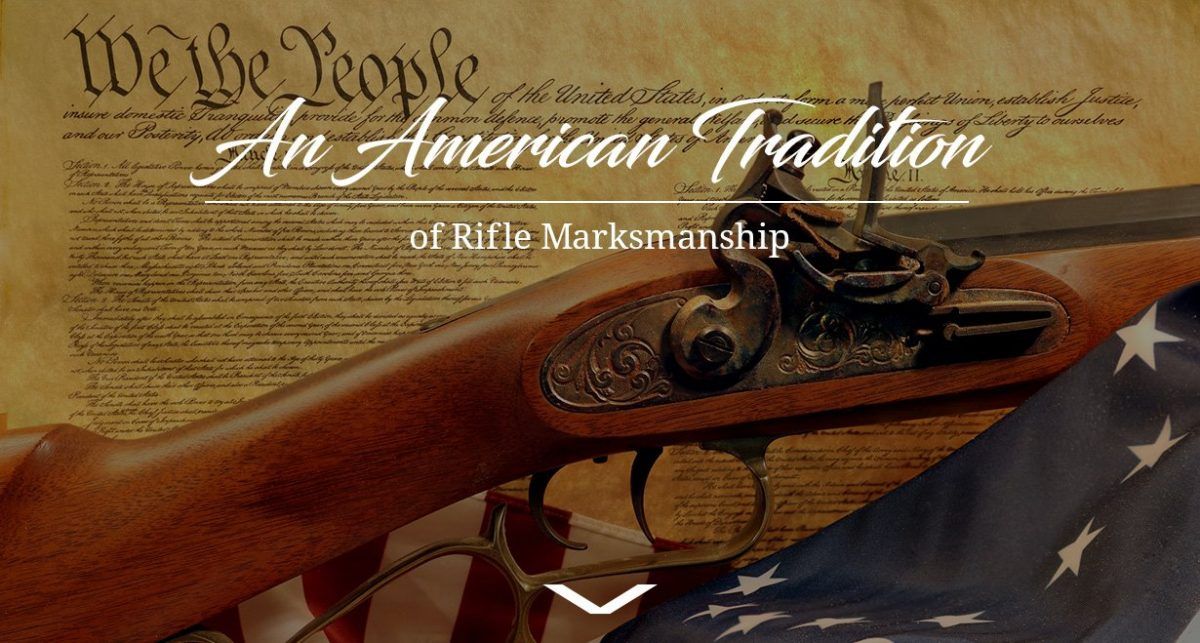
So, at Appleseed, they’re getting you to shoot in different positions with the goal of getting you to that 4 MOA standard…They have a very streamlined way to teach it and will teach anyone who shows up with a rifle and any type of sights, whatever they happen to have. They get them from shooting all over the place to shooting at 4 MOA. So, you go and get taught all the things that you need to do to shoot well.
Q: You’ve lived with the AR for a long time…what’s the biggest change you’ve seen with the rifle?
Ash Hess: When I first came in, it was an M16A2 with no rails. Then we started to get lasers and lights and that sort of stuff. Night vision was also starting to get big. So, as we got more toys, we were doing weird things to mount them. Then we started getting into red-dots and rails…But as you add more stuff, it begins to change how the gun handles. But, they started adding rails to everything. Rails even started getting added to butt-stocks.
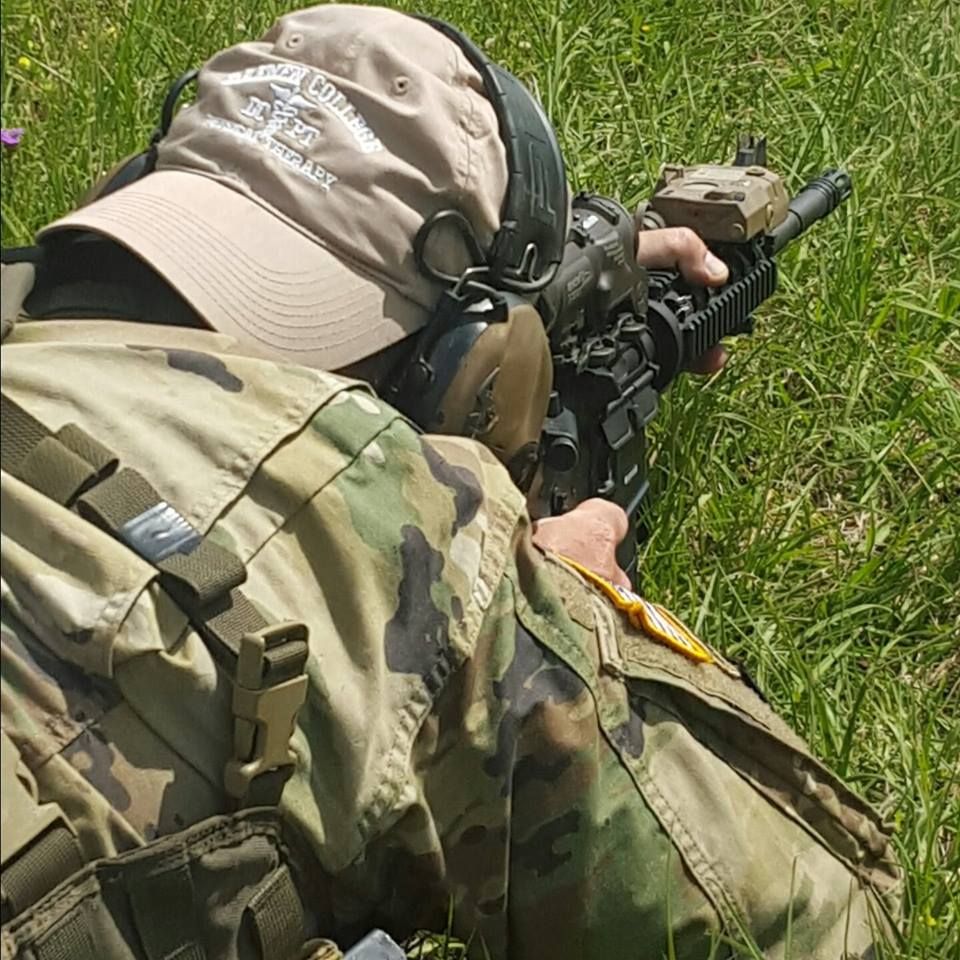
The best chunk of rail we got was the flat-top. Having a flat top on the receiver was cool because you could put your optic straight on there and you didn’t have iron sights in the way, but it just got crazy with people adding more and more and more stuff on there. It’s still crazy, in fact…People are still trying to add more stuff on the guns than we have space for. There’s just not enough space and it just makes the gun handle like shit. It starts changing zero, it starts doing all sorts of weird things that guys don’t know how to account for, so it’s just been crazy on that front.
Q: There’s certainly a tendency with many new builders to add a lot to the rifle, items that they may not have an actual use for. What’s your advice for these folks?
Ash Hess: The rifle you build should have a mission or a job. There should be an intended use for it. That gets hard for a lot of people because they just want to buy the “newest and latest” thing that the internet is talking about. Even though that thing may not match what they are trying to do, or with what their capabilities are. So, if you have newer readers who are not necessarily gun people, I can use a car analogy.
Ash Hess on Vehicle vs. Guns
Let’s say you have a top fuel drag car that goes really fast in the quarter mile…Well, they don’t turn. They go straight…really fast. If you want a car that turns and can handle twisty, curvy roads, then you have to build a car that does that.
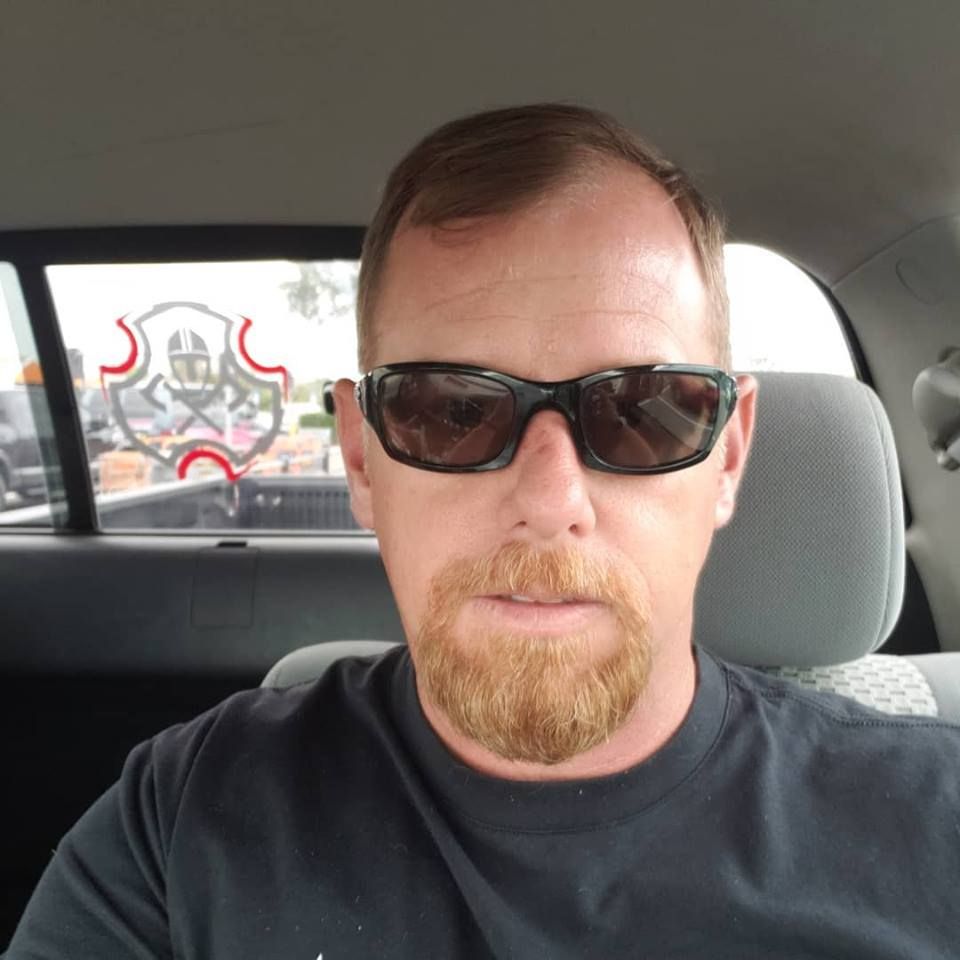
It’s not going to be as fast in the quarter-mile, but that’s because you’re not focused on straight-line acceleration. But now, you probably want some fuel efficiency to go with it while you’re out on those twisty, curvy roads. You want that because that drag car only gets a quarter mile to the tank.
So, how I spin that to guns is if you build a 20” heavy barreled “super sniper rifle”, it’s not going to be any fun for CQB. You can still do CQB with it, but it’s not going to be any fun when you’re doing that type of shooting.
The same thing applies with an 11” SBR with a red dot. On Saturday at the “A Day at the Arena” shoot, I made the attempt to hit an 1,180 yard target with an 11.5”…and it doesn’t work. I tried really hard and I got close, but it’s just not designed for that. So, you need to know what you’re doing with the gun and what your intended use is.
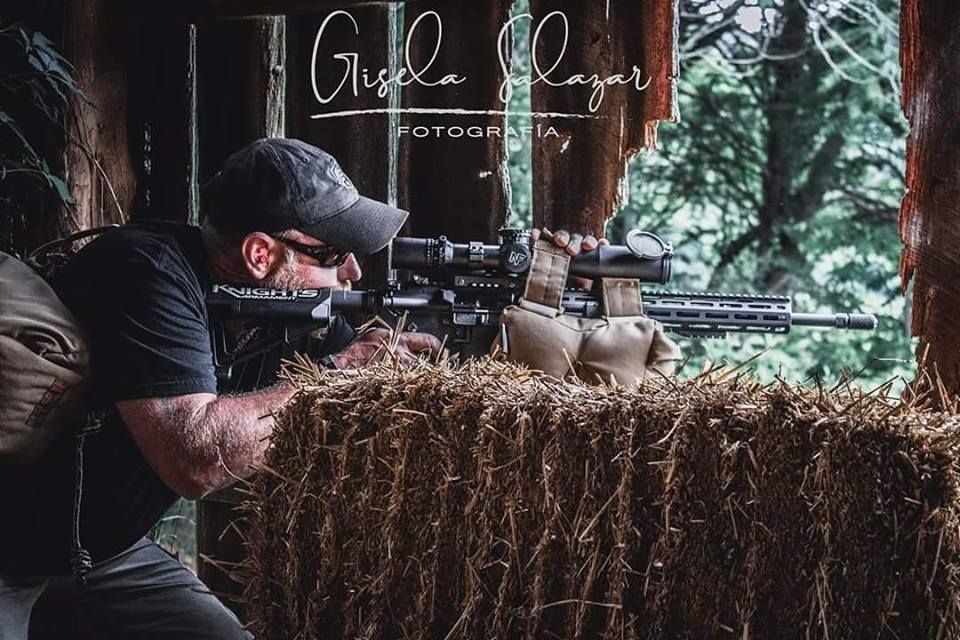
Ash Hess on a General Purpose Build and Decision Making
For general purpose. 14.5” to 16” are appropriately good for general purpose. But once you get past barrel length, there’s other decisions you need to make. For instance, flat top upper versus carry handle upper? How much rail do you need on it? Do you need full Picattiny all over or do you just need it at the top? Or do you just need it out of the end to mount an iron sight on? You have to be able to make decisions, and if you don’t know what you’re going to be doing, then those decisions could be wrong.
What You Don’t Know Can Hurt You
Then when you start putting this thing together, if you don’t know what a good handling firearm feels like, or if you can’t even shoot, you’re going to make decisions that you end up having to change. So, just because something looks cool on the internet if you don’t know what affects your shots because you haven’t been shooting enough, or you haven’t been shooting well enough, putting parts on there can end up taking a lot of fun out of the gun…or accuracy and things like that.
Q: This is why learning to shoot accurately is key then?
Ash Hess: For sure having some basic accuracy standards really helps with things like that. People all want a 1 MOA gun because it sounds cool on the internet. However, they don’t even have the skills necessary to produce 1 MOA.
Don’t Put the Cart Before the Horse
There’s a lot of rifles that will produce 2-3 MOA, and if you are at least a 4 MOA shooter then you can start to get to the edge of that gun. And you’re learning the whole time. That $150 dollar 3 MOA barrel and the 3 MOA ammo is going to do a lot of good for you as you work to get to that important, baseline 4 MOA standard.
As a reminder, the Army standard is 6.5 MOA per grouping. What that means is if you’re an Army shooter, your rifle is perhaps twice as good as the shooter who is behind it. So, let’s not put the cart before the horse…
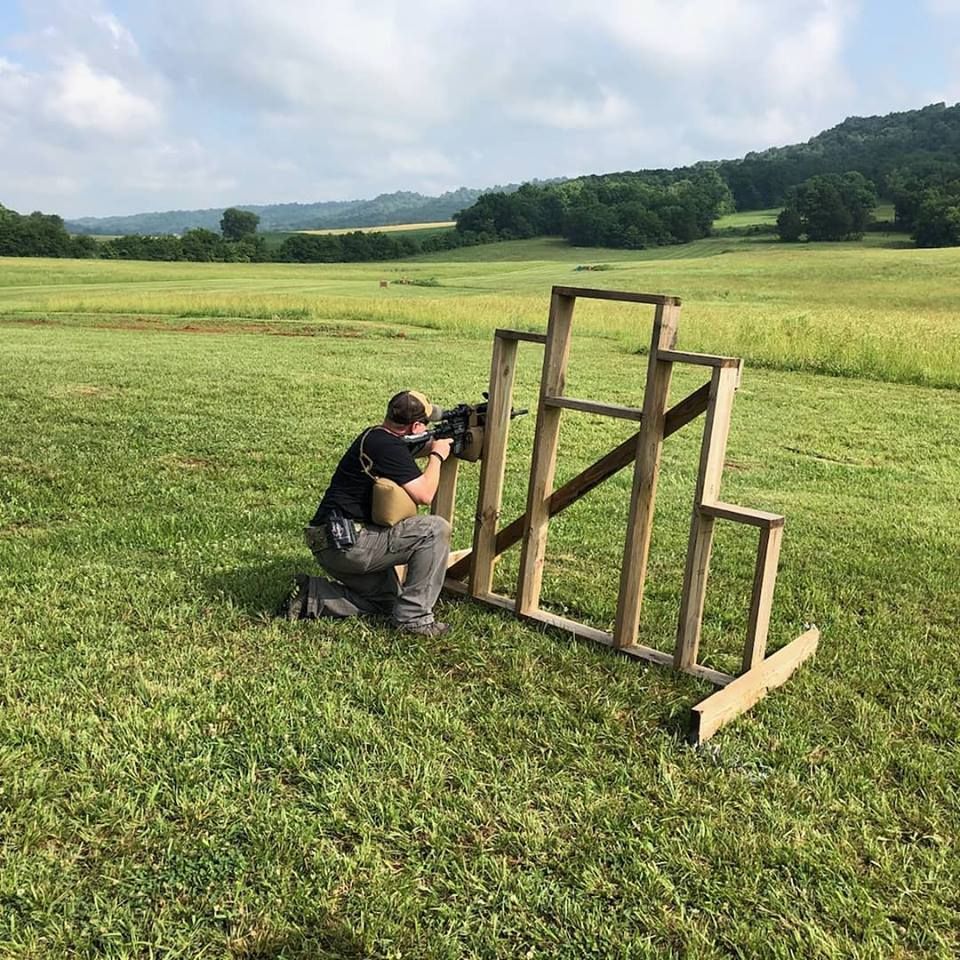
Q: What’s your opinion on folks building their own guns versus going with a factory rifle?
Ash Hess: When people build, you often hear “I can build a gun cheaper than that.” And a lot of times, it really is possible to build a very solid gun for less than what a factory gun is going to cost.
But what some folks don’t take into account is the time it takes to learn to build, or the cost of buying the tools, and buying the things that are necessary to put together an AR correctly. The gun might go together fine, but there’s also a chance it might not be consistent and it might even start breaking down. Nobody wants that. No one wants to be embarrassed by their build.
Q: Having the right tools is certainly key I think.
Ash Hess: Once you get the skills, you can certainly put together an AR build correctly…but it’s important that you have the tools. You need to have the torque wrenches, a vice, clamps to go in the vice for the barrel and the receiver. And you need roll pin punches. You have no idea how many ARs I’ve personally seen put together before I knew any better, that didn’t get put together with roll pin punches. Nothing was torqued…all those sort of things.
So, if you have all the skills and tools, you can get a gun built for fairly cheap that will be a good, really solid rifle. But that’s because you’ve put it together the correct way with the proper torques, you’re staking everything that needs to be staked, and doing those sort of things.
Ash Hess on Time and Experience
The other thing people don’t always take into account is their time. Sometimes people don’t put a proper value on what their time is worth. If you factor in time, that can factor into price too.
A lot of factory guns average around 1,200 to 1,500 for a solid gun. Then you get into the premium guns that run around 2,500 to 3,000 for a factory gun. The thing that you get with a factory gun, depending on the factory, is there is someone who gets paid to put together that rifle correctly. Or, as correctly as the boss is willing to pay for.
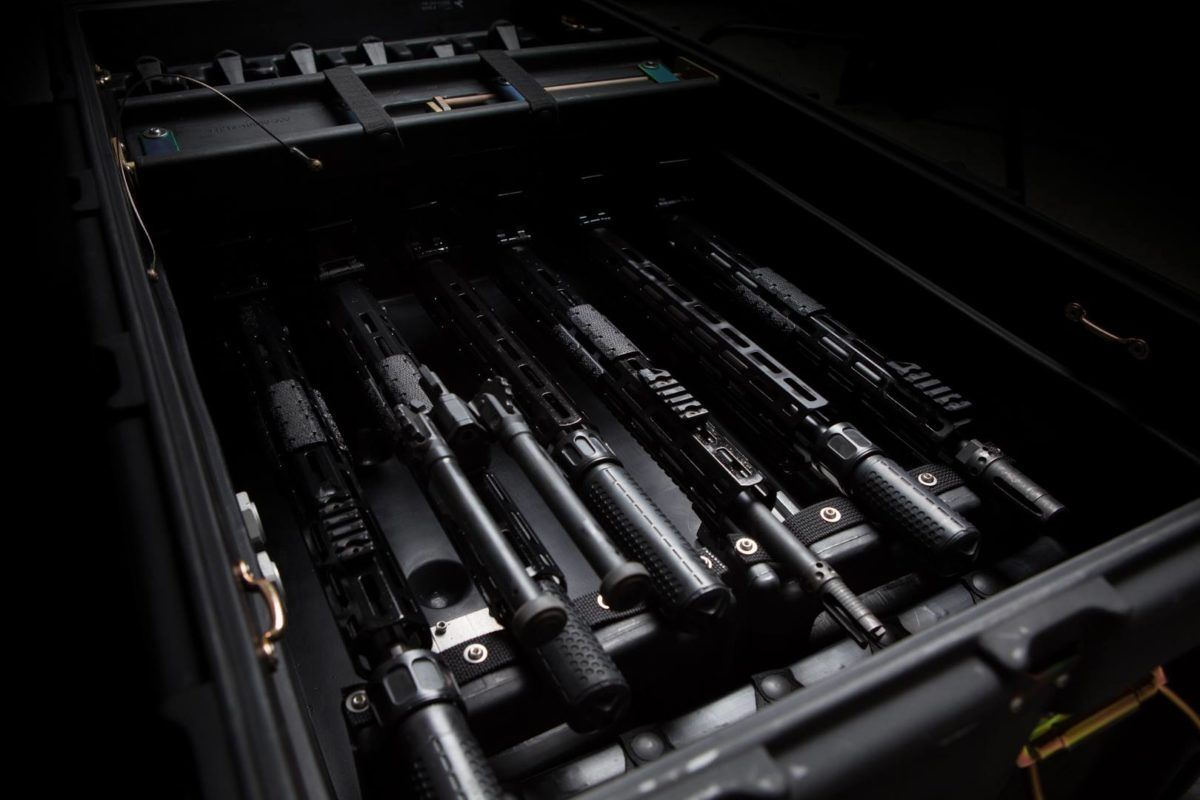
That guy at the factory has put together hundreds of rifles. So, he knows how everything goes together and he knows where his mistakes cause problems. Because when it causes problems after it goes out the door, the gun is getting returned to the factory. So, he knows where the short cuts are, what is and isn’t important. Then you have the factory backing it up as well.
An Expensive Chase for the Proper Feel
As I was shooting more and more, I went to one of Will Larson’s classes (Semper Paratus Arms AR-15 Armorer Course), and I learned to start building my rifles correctly. But I still spent a lot of money chasing what I felt was right. My feelings were a personal thing. Just because a rifle feels great for someone else doesn’t mean it was right for me.
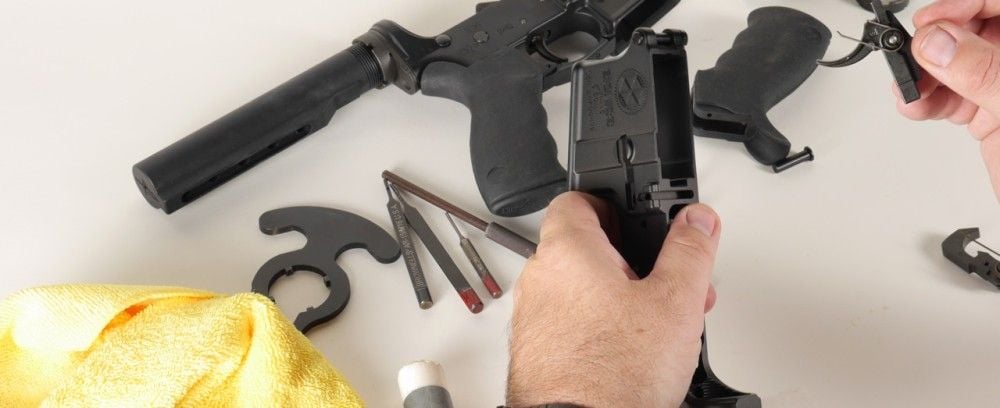
There’s a bunch of things that go into feel. For me, that’s holding it, carrying it, mounting it, shooting it, recoil impulse…there’s a bunch of things that go into feel. But what I was doing was chasing the “perfect gun.”
In that chase, I changed a lot of parts. Those parts cost me a lot of money. Thats because I didn’t just have all these parts lying around just to put them on and check to see if it felt better. Things like muzzle devices, rails, triggers, buffers. I was kind of like the guy that has thirty holsters in his drawer that he bought thinking they were going to be great, only to find out they suck.
HESSPEC vs. Knight’s Armament
Through that chase for the perfect AR, I jokingly came up with something called “HESSPEC.” It was just a series of things that gave the rifle exactly what I wanted…A good barrel, a rifle that isn’t over-gassed…the receiver extension is in the right spot.
Then I came up with how the gun should feel with buffer weights and all that stuff. It took about four years to get it right. And once I finally got all that written down, I handed it to a guy named Russell Allen from Liberty Hill Tactical…He built the custom rifle for me to exactly my “HESSPEC” and it really did work as advertised. It was light, accurate, reliable and I have 10,000 rounds through the gun and if I use a match grade bullet, I still get match-grade results.
Exceeding HESSPEC
So, when I started working at Knight’s I immediately felt really dumb. As soon as I picked up a Knight’s SR-15, it more than met “HESSPEC”. I had put all this work in, and here Knight’s was light years ahead of me. Their early guns were much better than my spec. So, I went about it the hard way. The easy button in getting a rifle that does it is getting a Knight’s gun. And it exceeds “HESSPEC” in accuracy and reliability.
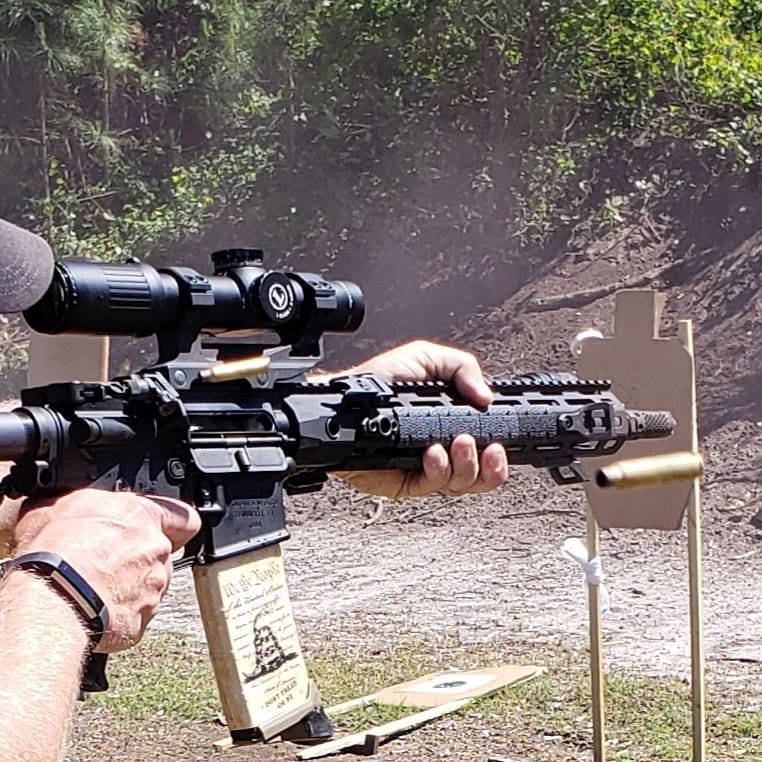
Q: I think some folks immediately balk at a rifle with the sort of pricetag these guns carry. Can you talk about what they’re getting for the price?
Ash Hess: Our prices are not budget-oriented, but what you get with the proprietary parts, the improvements like the Mod 2 gas system and the E3 bolts, with how we do our barrels and triggers…its something others are just not offering. Basically, over 20,000 rounds, you are going to replace a few springs.
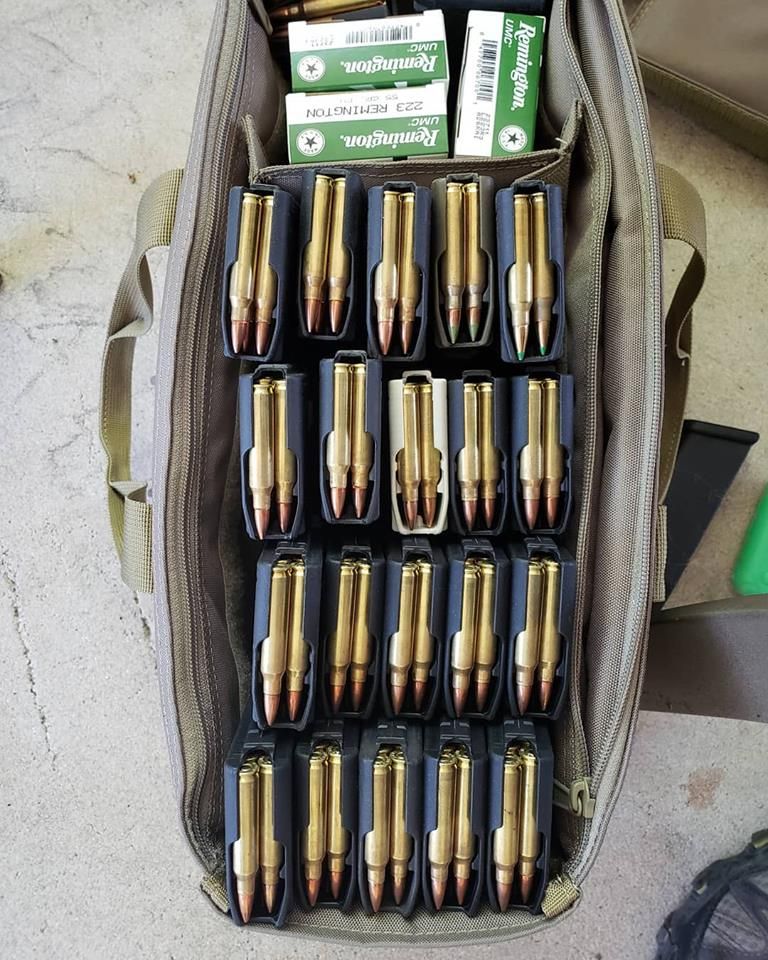
On other guns, you probably have a bolt on standby once you get to 5,000 rounds. You probably change the bolt out at about 10,000 rounds. Just depending on manufacturer, once you get around 10,000 rounds, you probably start hunting for a new barrel.
Doing the Math
In the end, if you have an average gun but by the time you get to 20,000 rounds, you have replaced the bolt at least twice and probably gone through a barrel… by the time you do the math on that, you’re really, really close to a Knight’s gun.
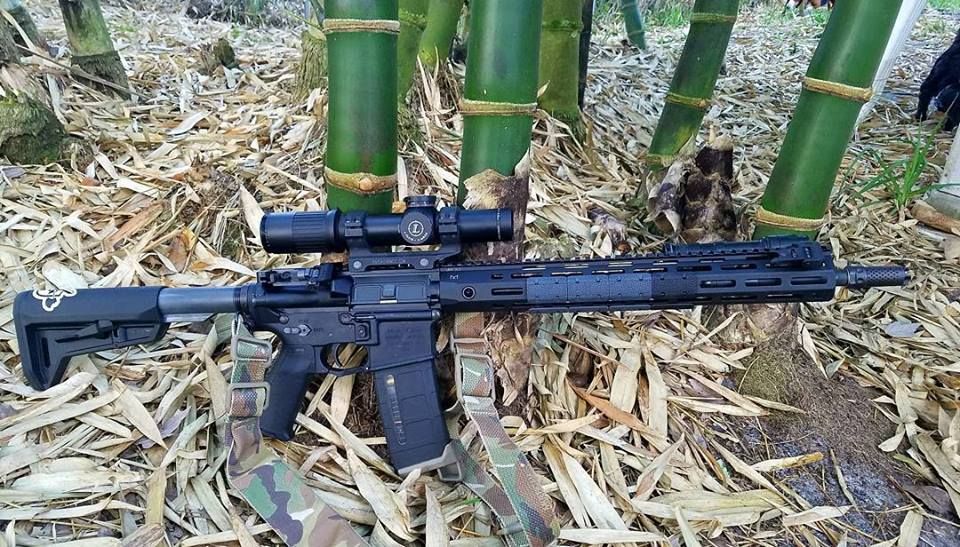
Then there’s the effort and time of replacing those parts. And you have also been embarrassed at some point, because no one’s gun breaks sitting in the safe. You were at the range, or you were at a class when the barrel went away and you started key holing. Or the bolt breaks and you have to leave whatever you were doing to go work on your gun. So, even just inconvenience adds into the cost too.
Q: Finally, I’d like to ask your advice on training. You mentioned Appleseed, is there any other advice you can give us if we want to improve our shooting?
Ash Hess: I like to do all of my baseline training locally. I really like to support the local instructor. There is probably somebody that goes to your local range that works with people to make them better. There’s also probably somebody out there that is putting a little money into it…probably shooting in local competitions trying to rustle up some interest in his course.
Within 3 Hours
Also, look for an instructor that is doing the stuff that you want to do. One of the guys that comes to mind is a guy named Chris Fry who runs MDTS Training out of New York. He’s never been military or a cop. He was doing martial arts for a long time and got into shooting guns. He’s a phenomenal instructor who can articulate and make you better at anything in his wheelhouse. What’s great about Chris is he does not teach things that are outside of that wheelhouse. He gets you shooting and understands basic self-defense. I’m pretty sure there is a guy like that probably within three hours of most everybody in the United States.
Ash Hess on Understanding the Basics
When you’re starting out that’s what you need. You need to understand how to run the gun..how to get it zeroed. You need to understand basic positions. So, you don’t need to go to a tactics class to learn how to group. And a lot of times these classes are fairly budget oriented. What I tell people is if you’re paying $600 or more, why would you want a Navy SEAL or Delta Force guy to teach you how to group? That’s not what I want from that guy. It’s like learning how to run from a SEAL. You can go down the local high school and the track team coach can teach you how to run.
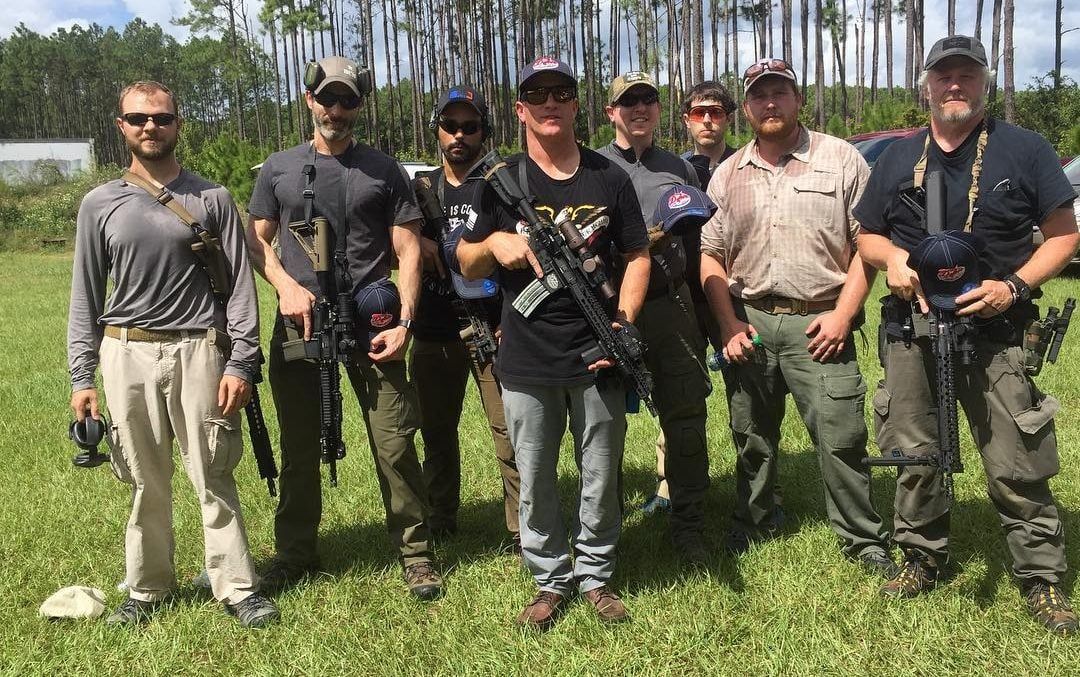
When people are looking for classes, too often they are looking for the coolest thing. They look for the coolest name, and then they go that guy’s class and sometimes they are not overwhelmed, but sometimes they are. If you cant do the basics and you can’t hold a 4” group at 100 or a 1” group at 25 yards, you don’t need the SEAL guy.
Ash Hess on The Importance of the AAR
For training with the “big guys”, if you’ve heard of him on the internet, there’s probably someone who as done an AAR on the class. Use Google and look up the trainer’s AARs. Some people like to be yelled at like they are in the Army. Some people don’t like that. If you don’t look at those AARs, you might end up not liking it and not learning because you simply don’t like the instructor’s teaching style. Any adult should know how they learn.
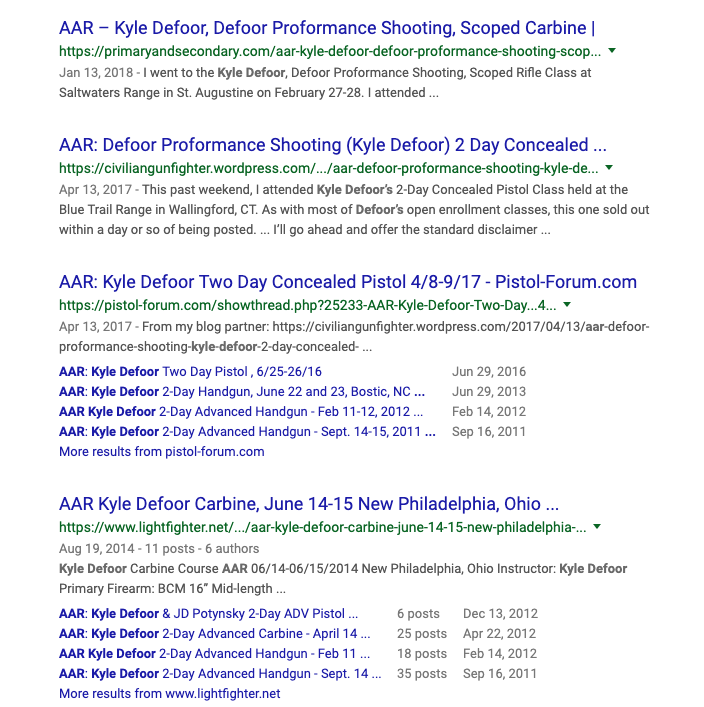
So, put in the guys name in Google and type in “AAR” after the name and see what comes up. Read if that guy is a visual teacher, does he demo, does he talk for 3 hours on PowerPoint? Then find a class that fits you and fits your learning style and fits what you’re trying to learn. There’s somebody out there teaching what you’re trying to do with the gun. Find that guy that has a big name, has good AARs, and is doing something close to what you’re wanting to do.
Ash Hess on Being Out of Your Element
What you don’t want…You don’t want to find yourself running around with a helmet on, entering and clearing rooms if when you’re looking to improve at USPSA. It doesn’t make any sense but I personally see people do it all the time.
It all goes back to the vision we talked about in regards to building your rifle. What do you want the rifle to be in the end?
Well, what do YOU want to be in the end? Go out and get the hardware and the software to make that happen. No one wants to suck at anything…so get the equipment and knowledge you need so you don’t suck.
###
Thanks to Ash Hess for sitting down with us. To hear more from Ash, be sure to follow his ongoing columns over at Primary & Secondary or follow him on Facebook and Instagram.
5 - 5Shares





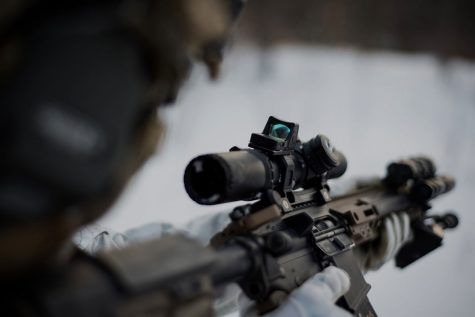
[…] learned at Project Appleseed and how it helped him become a better shooter. You can read about that here. What makes this program special is that it can take a solider with thousands of rounds down range, […]